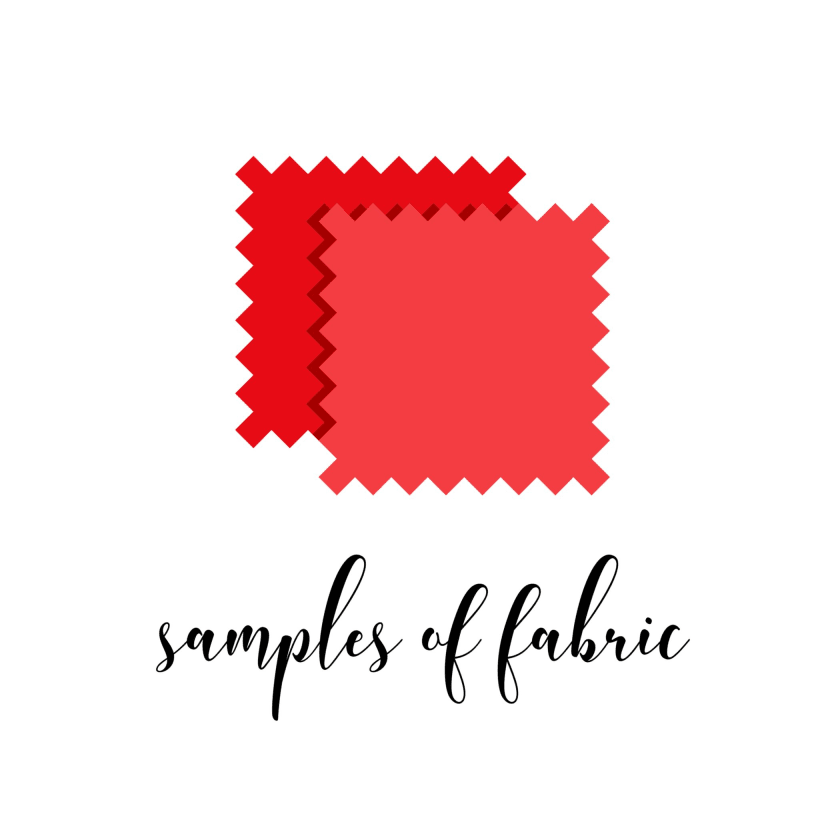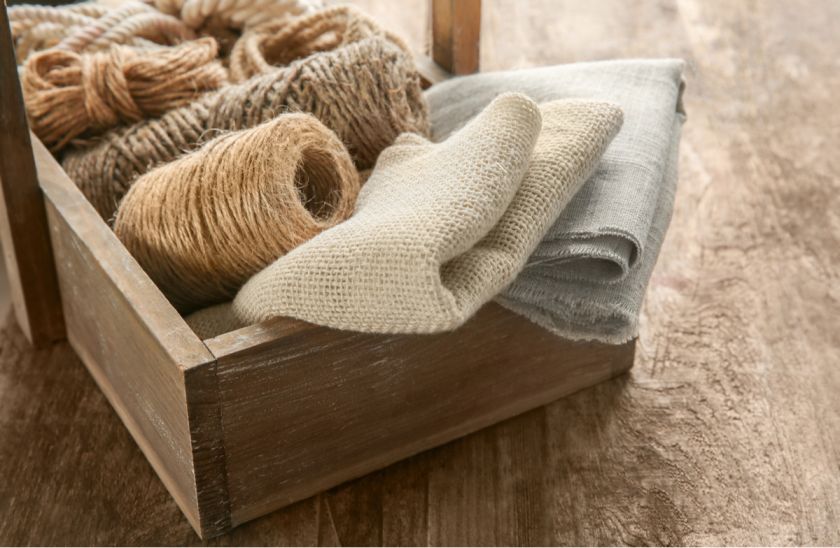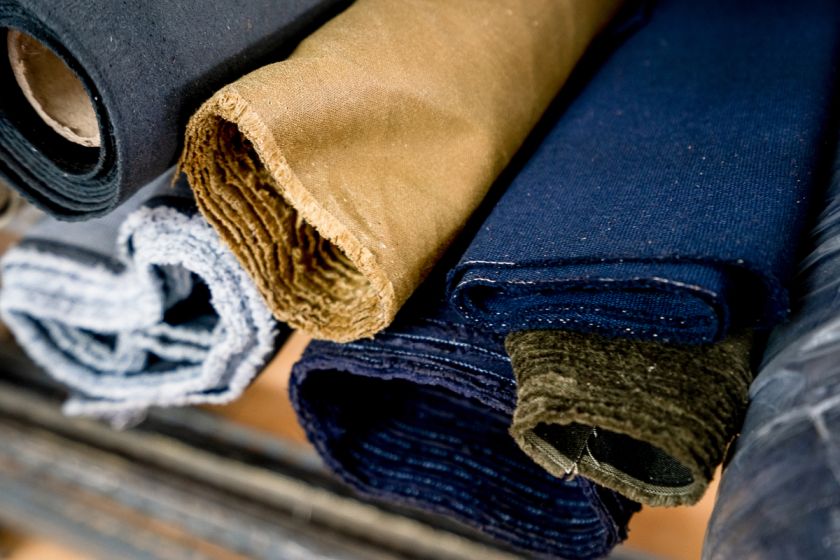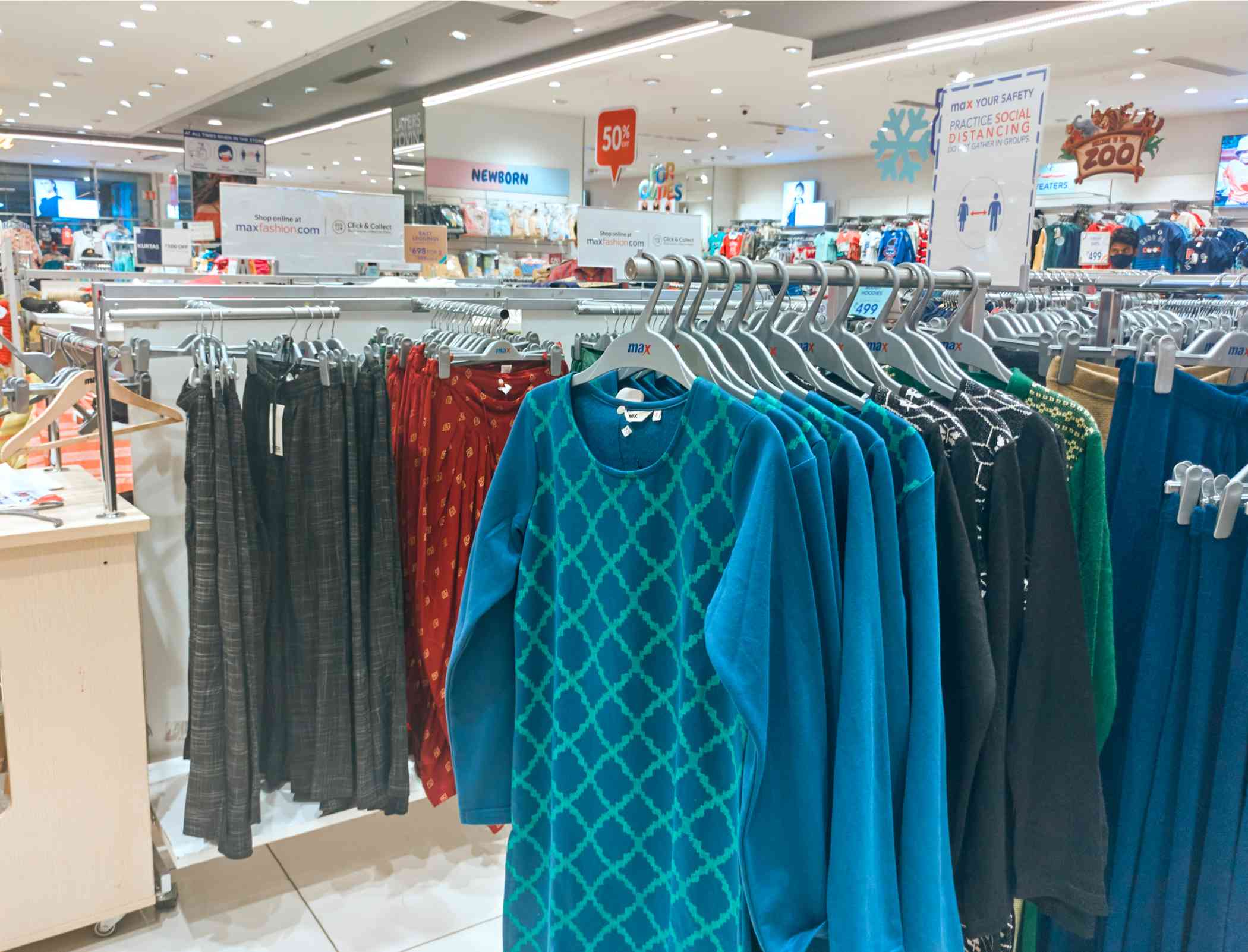Title: How to get free fabric samples from 500+ manufacturers



Need some free fabric samples? Maybe decorating the living room or need new furniture? Or perhaps looking to create a DIY to sell the crafts? Or maybe want to change drapes for the bedroom?
Whatever the case might be, fabric samples and scraps can be extremely helpful to re-decor or re-design the interior or craft. The sample fabrics can help designers or individuals with the color scheme, pattern, fabric, etc. It also helps them to determine the type of fabric that they can use for their purpose. It can be velvet or cotton, based on their requirements. If they are designers or fashion students looking for free fabric to use in their projects or make clothes, the solution is Fashinza.
Fashinza is a B2B (Business to Business) manufacturing marketplace that solves the challenges of fashion and apparel. It is done through the connection made between fashion brands and experienced manufacturers. It allows manufacturers to connect with the biggest brands on the platform.
Fashinza has more than 500 brands, 700+ manufacturers, and over 3,900 styles in the fabric. They can source free fabric samples from over 500 manufacturers using Fashinza. Fashinza uses sustainable sourcing for all fabrics and materials. All the clothing pieces and samples come with sustainability certificates and tags. So, it becomes easy to trust these manufacturers with the quality of the fabric and samples.
The New Way of Sourcing
The process of the Fashinza sourcing is as follows:
1. Efficient process
Fashinza builds great sourcing partners that help drive efficiency, increase visibility, reduce waste, improve collaboration, avoid mistakes and gather data for the sourcing strategies. Fashinza is one of the best sourcing markets with more than 700 manufacturers, and they can easily source free fabric samples for their design or work.
2. Sustainable design
It is essential to design smartly in the beginning. Selecting the right material for the design is important to start the work. Designers have the power to control more than 80% of the product's impact on the environment. So, always have a sustainable design that adds to the betterment of the environment and keeps it sustainable.
3. Strategic Partnerships

One of the other ways of sourcing is strategic partnerships. Build the long term-relationships and supply chains with collaboration, transparency, and commitment at the core.
Fabric Samples: Sustainability
The environment, our home needs a sustainable surrounding, and it requires us to step forward and mend it. As a global apparel industry, Fashinza takes care of all of it and is trying to make the future more sustainable and environment-friendly for the future generation. To attain sustainability, all companies must cut down on water and energy consumption. It adds to global warming and toxic environmental waste. So, reducing the toxic waste generation is highly essential.
Fashinza is a place where they can get free sustainable fabric samples for their work and design. All they have to do is select the eco-friendly fabric that matches their work. All the information related to the fabric is mentioned under the brand and its fabric samples. Some of the points of the sustainable fabric samples are as follows:
1. Sustainable Fabric: EcoVero
EcoVero is one of the most sustainable components of viscose produced through the renewable wood pulp. It can be reduced and reused various times once done using. The fabric lives up to the environmental standard at every phase of the life cycle. It emits 50% less carbon dioxide compared to ordinary viscose.
2. Sustainable Fabric: Organic Cotton
Cotton is another sustainable and most demanded fabric in the market and industry. It is largely sustainable. It is grown and produced from 100% natural seeds and has no synthetic fertilizers and pesticides used in the making of the organic cotton fabric. The organic cotton fabric also reduces the water usage up to a significant 90%, as compared to the traditional cotton that we were accustomed to using.
3. Sustainable fabric: Organic Hemp

Organic hemp is one of the best and highly sustainable fabrics as it enriches the soil, absorbs more carbon dioxide from the atmosphere, and adds to environmental standards. There are no pesticides and chemicals used in organic hemp, and it is much more water-efficient than cotton.
4. Sustainable Fabric: Recycled Polyester
The non-biodegradable plastics add up to pollution. But if it can be recycled, the situation can be altered. Polyester that can be recycled reduces wastage by transforming and processing the existing plastic into eco-friendly clothing fabric.
Sourcing Strategies:
Since the 19th century, a significant shift in the manufacturing industry and its strategies can be seen. To achieve a cost advantage, some retailers source the products from international markets. However, the sourcing strategies of the firm are dependent on several factors, such as market demand and supply chain management. In a broader sense, the sourcing strategies can be considered in two perspectives: supply channels and supply markets. Some of the common issues that many companies face in the absence of sourcing strategies, are as follows:
- Delayed production
- Missing and inflexible collaboration of the supply chain
- Unavailability of the textiles as per the trends in the market
- Inability to track the required deliveries
- Stalled production
How to Boost Sourcing Strategies?
Some of the ways to boost the sourcing strategies are as follows:
1. Analyze the source need
The first and most essential step is to analyze the need for the source. Identifying the need would help them know more about the scenario of the current business. The knowledge helps to build a strong management team within the organization. The company is also required to determine the point of sale data and analyze the replenishment requirements. Collection of all the data is integral for face-to-face interaction and market surveys to understand the needs of the business.
2. Research about the market
Before they set out for sourcing, research, and understanding the market, research helps to understand the requirements and needs of the market to enable the right sourcing strategy. The industry is highly competitive, so research enables the retailer to capture the market trends. So, research is an essential component of sourcing strategies.
3. Evaluation of the supplier's market
Sourcing requires a detailed understanding of the supplier's market and the supply chain. It is essential to evaluate the credit status and financial reports before making any deal in the industry. Also, make sure that the company works well with the supplier's working pattern. It helps to promote healthy collaboration, smooth business transactions, and flexible supply relationships.
4. Preparing a sourcing strategy

There are several things that designers, students, or crafters should consider before making a sourcing strategy. After analyzing, researching, and collecting the data, use the information to see the market position of the company. Determine how much they are required to source and how to do that. Create a goal and weigh all the options against the supplier's potential.
5. Negotiation
Negotiation is one of the most essential skills that every retailer must be careful about. They are required to get the best deal out of the situation. And that is where negotiation comes into play. The key is to have an extensive talk while considering all the aspects of the deal. Prepare with so much information about the suppliers before getting into the talk with suppliers. Leave no stones unturned because many companies aim for the best deal or maximum value out of minimum budget. Make sure to discuss the pricing strategy, production capacity, terms and conditions, delivery time, and quality of the products.
6. Execution and evaluation
Once done, build the sourcing strategy, monitor the market trends carefully, and hit the market. It is always wise to have a backup plan if the strategy will not work. Also, make sure to incorporate all the suppliers in the strategy and plans to make them feel secure and trusted. A smooth communication system is also essential to measure the responses of the market.
7. Modernizing and upgradation
Modernizing means that one should know the market risks and trends. Fluctuations and shifts are inevitable, so make sure to get on a rollercoaster with the ups and downs of the business. The sourcing strategy needs to be solid and flexible at every interval. Use modern methods such as real-time PMS and digitized data imputation and collection. While restructuring, consider all the hidden costs, market demands, lead times, and customer preferences.
Fashinza is the one-stop destination where individuals can find a plethora of fabric samples for free where they can try and place orders. It has more than 700 manufacturers that supply fabrics and more than 400 brands. They can find the type of fabrics required to design or work, per their preferences and requirements.



















